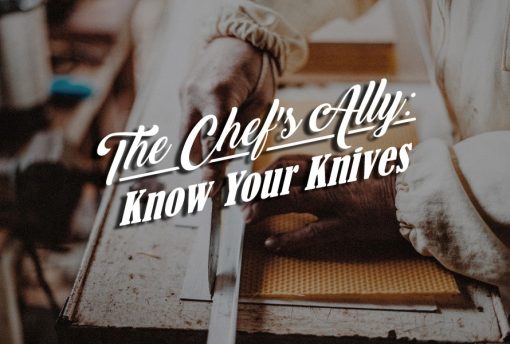
A knife (or knives in plural) is any cutting blade that is hand-held. Like the deformed bars in the Philippines and all over the world, modern knives are made of steel to ensure maximum precision and performance. The earliest known usage of knives was from two and a half million years ago. The first knives were made of rock, flint and obsidian. As technology rose, knives have evolved to how we know them today. Many cultures have their own version of the knife and due to its role as one of mankind’s first tools, certain cultures have attached spiritual and religious significance to the knife.
Today, knives come in many forms. Modern knives consist of a blade and a handle. The blade edge can be plain or serrated or a combination of both. The handle, which is used to grip and manipulate the blade safely, may include a portion of the blade that extends into the handle. Knives are generally classified for weaponry, utensils, tools, and spiritual purposes.
Knives as Utensils
Knives are one of the most reliable tools you can have in the kitchen. They can cut, slice, chop, and pare the food you are preparing for a meal. However, each knife has a different purpose so it is important to know the difference of each before using them. Listed below are some of the most common used knives and their purposes:

Chef’s Knife
A modern chef’s knife, of the French knife, is a multi-purpose knife designed to perform well at many kitchen tasks. This is the most versatile among all cutleries and this is the knife you use daily. It can be used for mincing, slicing and chopping vegetables, meat, and disjointing large cuts.

Bread Knife
Unlike other knives, the bread knife has a serrated blade. This makes it perfect for slicing through hard and soft bread without damaging the baked good. It is also great for cutting tomatoes and citrus fruits.

Paring Knife
A paring knife is a small knife with a plain edge blade that is perfect for peeling and other small work that requires intricacy and precision. This includes cutting small garnishes, de-veining a shrimp, and removing the seeds from a fruit or vegetable. It was designed to be an all-purpose knife similar to a chef’s knife, except that it is smaller.

Boning Knife
This narrow-bladed knife curves inward to give you control when you remove meat and poultry from bone. It is known to be not as thick like the other kitchen and butcher knives because its specialty is precision boning. A stiff boning knife is good for beef and pork while a flexible boning knife is preferred for poultry and fish.

Carving Knife
This large knife is used to slice thin cuts of meat including poultry, roasts, hams, and other large cooked meat. Compared to a chef’s knife, a carving knife is much thinner, enabling it to carve thinner and more precise slices.
Whether you are slicing fruit or boning fish, the right knife for the task at hand can make life easier and safer in the kitchen. It’s why it is important to know each knife’s purpose first before using it.
About the author:
Jeric is a freelance writer that features food, lifestyle, travel, animals (mostly creepy crawlies), DIY subjects, and nature. He is an adventurer, taking on the world and everything it has to offer, may it be the good and the bad. He also has a weird love for reggae and sharks. See: Reggae Shark







